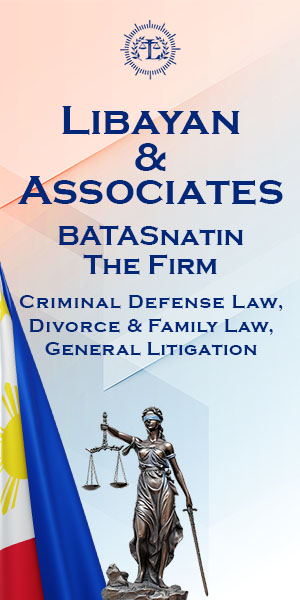Petitions Involving Certificate Of Title
1. There are 4 petitions—petition for surrender of title, petition for correction, amendments, or alterations in the certificate of title, petition for the issuance of new owner’s duplicate of title, petition for reconstitution
2. Petition for the surrender of the owner’s duplicate of title—the law speaks of two instances. The first one involves involuntary transactions and the other one, voluntary transactions. In both instances the procedure is to file a petition in the Regional Trial Court for the owner to surrender the owner’s duplicate of title.
3. If the owner’s duplicate of title is lost, the law requires that notice under oath be given to the RD. There should be a verified affidavit that will serve as notice to the RD that the particular owner’s duplicate is lost. This will prevent any transaction that may arise from the loss of the owner’s duplicate. This particular petition would prosper and the corresponding duplicate issued will be valid if the owner’s duplicate is really lost. When the owner’s duplicate is still existing upon filing of petition, the court doesn’t acquire jurisdiction and the proceedings are null and void. The title is null and void and thus, can be attacked collaterally.
4. Petition for reconstitution is filed when the certificate of title has been lost or destroyed. This pertains to original and transfer certificates of title as well as encumbrances and liens. Purpose is to bring back to its original form and state. No addition nor reductions. If it is found out that the certificate is not lost or
destroyed, court doesn’t attack jurisdiction and proceedings are null and void.
5. There are two kinds of restitution—judicial and administrative. Judicial is when you file a petition in court. Administrative is when you file the petition with the RD. It is easier with the Register of Deeds as you have to file it with the reconstituting officer of the Register of Deeds only.
6. The court in entertaining petitions for reconstitution should be careful and cautious. Section 12 and 13 are mandatory requirements. Section 12 refers to the contents requirement as 13 refers to the publication requirements.
7. The reconstitution proceedings are proceedings in rem.
8. Section 2 and 3 of RA 26 will tell the different documents or evidence that you can submit for a petition for reconstitution can prosper. Sources found in the law are in a hierarchy of preference. First and foremost in this list, may it be for the original or transfer certificates of title is the owner’s duplicate of title.
9. The phrase “Any other document” will pertain to documents similar to those previously enumerated. An example is a case pertaining to an action for the recovery of possession. The court decision contained the technical description of the land and whatnot as would pertain to any other document that warrants
reconstitution.
10. Administrative reconstitution is warranted in cases where the number of certificates lost is not less than 500 and the cause of the loss or destruction is by fire, flood or any other force majeure. If you pass these requirements, then administrative reconstitution is allowed. If you are not satisfied, you can go to the LRA within 15 days from the receipt of the decision. If not the LRA, file a petition for review with the proper court or specifically, the RTC. This can be done within 60 days from knowledge of decision but not later than 6 months from promulgation of decision.
11. The reconstituted title should be in the form and condition as the original lost title.
12. All these petitions and motions should be filed with the same registration case. This is specifically provided for in Section 108. You will use the same case number wherein the title was issued.



 Spotify
Spotify  iTunes
iTunes  AppleMusic
AppleMusic  YouTube
YouTube 


